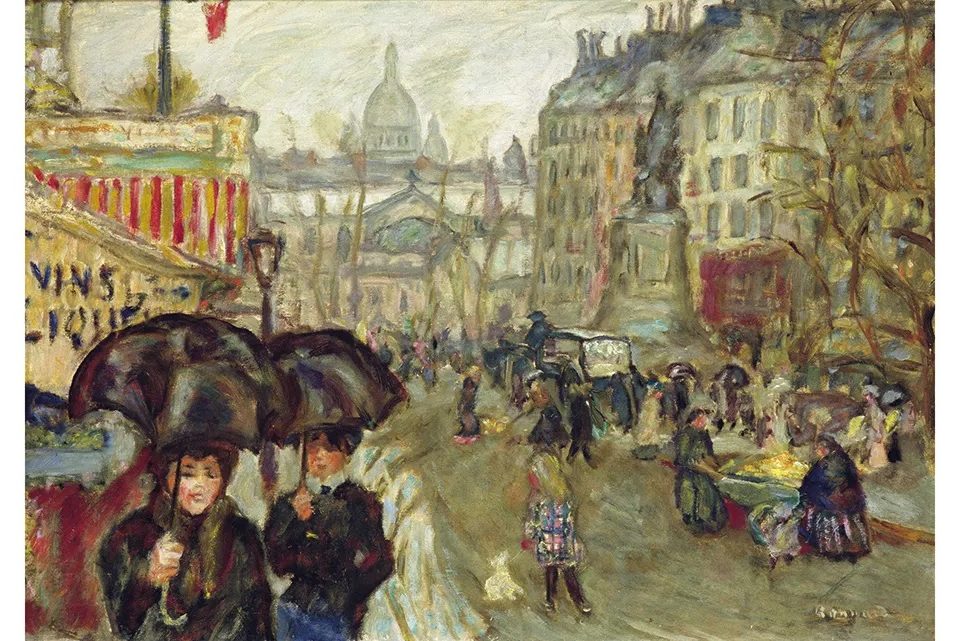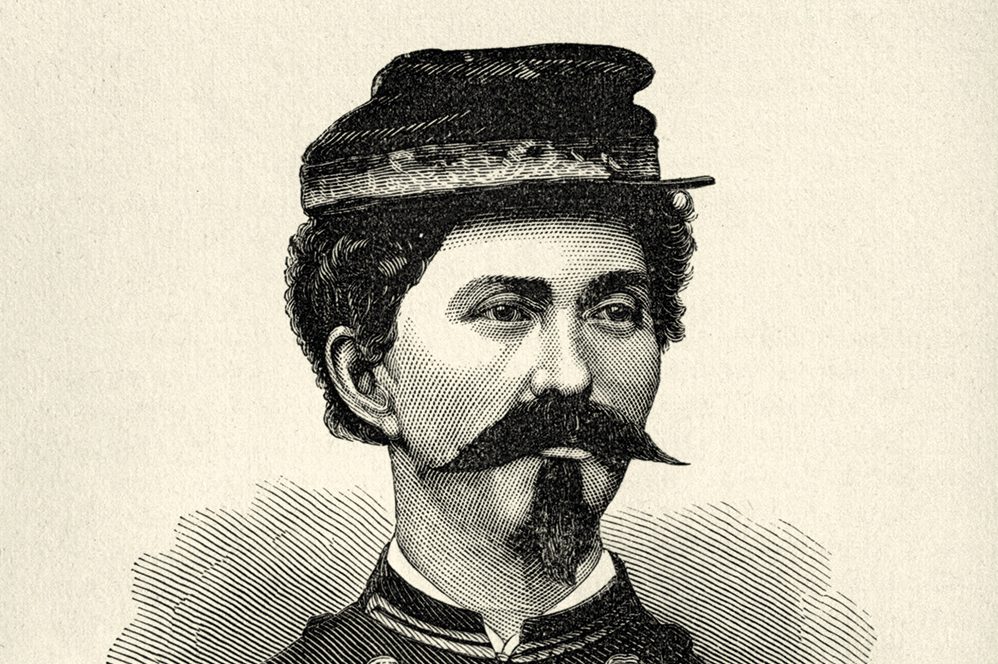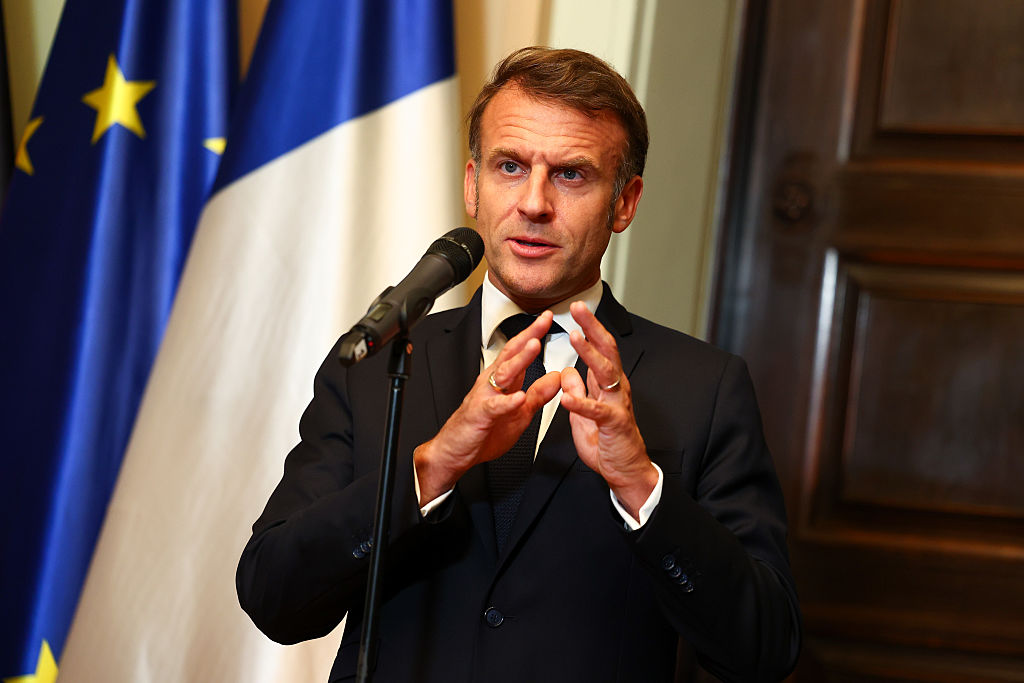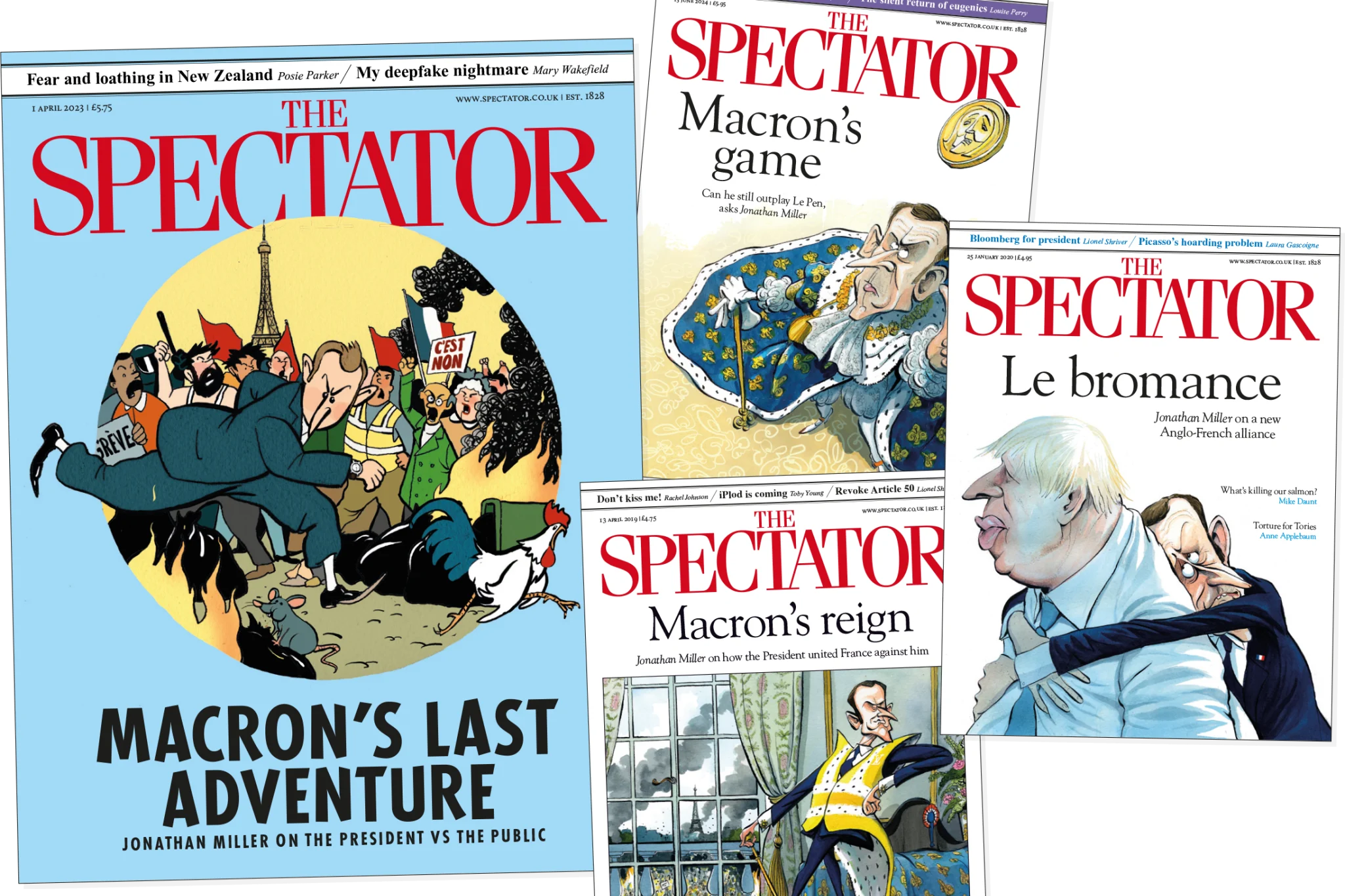Between 1789 and 1871 Paris went through five kings, two Bonapartist empires, two republics, several revolutions and a Commune. Each had been an attempt to accommodate or neutralize one of two visions of France. The oldest was traditional and conventional; it mourned the ancien régime, and preferred the safety of autocracy over the chaos of democracy and God over science. The younger was progressive and eager for change, building on the ideas of the Enlightenment and the revolutionary ideals of 1789.
We are taken through slums, cafés, law courts, theaters, brothels, strikes and demonstrations
For Mike Rapport, “the friction between change and tradition is perhaps the defining characteristic of the modern condition.” In City of Light, City of Shadows, he explores that friction in the Belle Époque, from 1875 to 1914. He takes the reader through department stores and brothels, slums, snack shops and cafés, law courts and newspaper offices, theaters and meeting halls, concerts, strikes and demonstrations. He believes that historians should have good walking boots as well as sharp eyes. The buildings and boulevards of Paris come to life as he describes them, while the conflict between the modern and the traditional is conspicuous in two monuments that dominate the city.
The Eiffel Tower was built as the centerpiece of the Universal Exposition of 1889. So precise was its construction that every rivet hole was bored in advance and assembled by workers who, proud of their revolutionary heritage, sported red caps and sashes. Furious letters in the press declared it an eyesore. Guy de Maupassant claimed to patronize the tower’s restaurant because it was the only place from which the splay-footed monster was invisible. Yet its soaring height proved invaluable for scientific experiments; it launched the first radio transmissions in France, and it is now the very symbol of Paris.
The Sacré Coeur, by contrast, was built over decades with donations from pious Catholics, rich and poor. They shared a general feeling that France’s crushing defeat in the Franco-Prussian War in 1871 was the result of Second Empire decadence more than Prussian military superiority. But modernization was not enough: only national repentance, a return to strict morals and a strong government would preserve France from further disastrous revolutionary experiments. Their basilica is built on the very mound where the story of the Commune began, as if to obliterate its memory.
Never did these ideas collide with greater force than over the Dreyfus Affair. In the 1880s, the French army was seen as the embodiment of national honor and self-sacrifice, focused on reversing the humiliations of the Franco-Prussian War. Meanwhile a wave of Jewish refugees fleeing the pogroms in Russia fueled antisemitism, and the collapse of a large Catholic bank — too holy to fail — was blamed on Jewish financiers. So when the army court-martialed the Jewish captain Alfred Dreyfus for passing military secrets to the Germans in 1895, sentencing him to a lifetime in shackles on Devil’s Island, most people assumed he was guilty.
The Dreyfus family and their supporters set to work to prove his innocence. Over the next four years, the verdict against him began to look increasingly flimsy, while the real culprit emerged as Major Walsin Esterhazy. Yet big institutions, as we know, cannot admit they are wrong. The army was forced to bring Esterhazy to trial; but since it refused to revisit the evidence in the Dreyfus case, Esterhazy was acquitted.
This unleashed one of the most explosive articles ever written, Émile Zola’s J’Accuse, published in L’Aurore in January 1898. Zola tore into the case against Dreyfus, naming the army officers whom he accused of lying, falsifying evidence, illegally using secret documents and concealing the truth to protect themselves. He knew it would lead to his arrest, but it was the only way of airing the details of the Dreyfus case again.
The result was an outpouring of hatred: Jewish shops were vandalized, students chanted anti-Zola slogans, and 8,000 people joined a huge nationalist rally that was overtly antisemitic. Much of this was spear-headed by a mass-market press, which had little interest in weighing the Dreyfusard argument versus the anti-Dreyfusard. Each side knew it was right, and used its power to arm its readers with irrefutable arguments, and inflame them with rage.
Rapport points out that all the main newspapers were concentrated in one stretch of the rue Montmartre — so journalists from both sides were using the same cafés, buying cigarettes from the same kiosk. The main pro-Dreyfusard press included L’Aurore, the feminist La Fronde and La Petite République, which led with articles by the great socialist politician Jean Jaurrès. One of the most anti-Dreyfusard papers was L’Intransigeant, edited by Henri Rochefort, who had once been a Communard.
The Zola trial took place in February. Zola’s “slanders” had ensured that the flimsy evidence against Dreyfus would be examined again, along with the attempts of specific officers to tamper with the truth — yet it did not stop Zola from being found guilty, while aggressive crowds bayed for his blood in the Place Dauphine. Zola fled to England before his appeal.
France was bitterly divided by the Dreyfus case, but the old certainties were shifting. The army’s refusal to admit its deliberate miscarriage of justice, even to the point of forging further documents, did create sympathy for Dreyfus among many who had previously been convinced of his guilt. At the same time, diehard anti-Dreyfusards were not necessarily conservatives. Bands of students, whose politics tended towards the Republican left, were often seen in nationalist anti-Dreyfusard demonstrations. Modernity held its own contradictions.
If God was dead, did science hold all the answers? If not, what problems were developing as technology and progress pushed France into the future? Rapport’s chapter on the disintegration of confidence, in both the old world and the new, focuses on the paths opening up in philosophy, social science and psychiatry on the eve of the first world war. It is set in the lecture halls of the Sorbonne and the Collège de France, where descendants of the philosophes and the savants, who were now becoming known as les intellectuels, lectured to packed audiences. Rapport is fascinated by their ideas; but this shift to the abstract and cerebral marks a change of key, and leaves one missing the very concrete, very human Paris he had been exploring up to then.
This article was originally published in The Spectator’s UK magazine. Subscribe to the World edition here.


























Leave a Reply